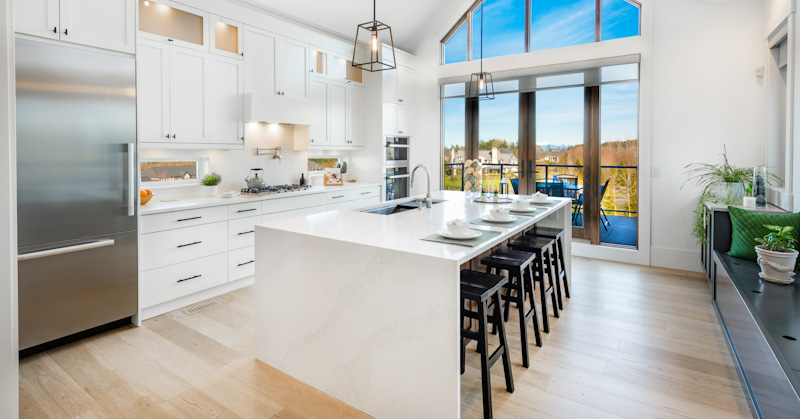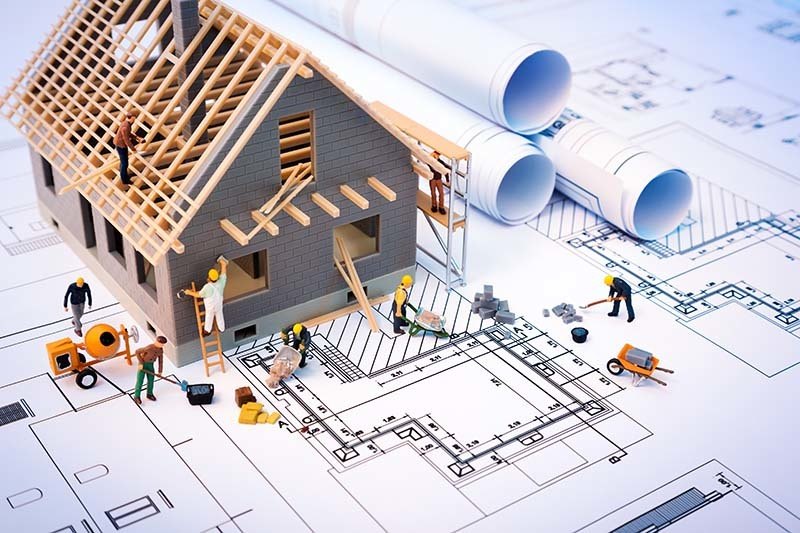Just How a General Contractor Can Transform Your Common Areas Into Functional Spaces
The change of typical areas into useful areas is a nuanced procedure that requires a general professional's expertise in assessing particular community needs and developing tailored solutions. By considering factors such as layout, accessibility, and aesthetic allure, a contractor can create settings that not just offer functional functions but also foster community involvement. With efficient project management and adherence to top quality requirements, these restorations can substantially enhance user experience. Yet, the intricacies involved in stabilizing design and capability elevate important inquiries regarding best techniques and possible challenges that value additional exploration.
Assessing Current Common Area Requirements
When reviewing common areas, it is necessary to identify and understand the particular demands of the area they serve. This process begins with a detailed assessment of current usage patterns, which includes celebration information walking traffic, peak usage times, and activities happening within these areas. Involving with neighborhood participants with studies or conferences can supply beneficial understandings right into their choices and obstacles.
Following, it is vital to consider the group composition of the community, consisting of age, way of living, and any unique demands that might influence exactly how these spaces are made use of. Households with young kids may require play locations, while older grownups may prioritize accessibility attributes.
In addition, examining the existing facilities and facilities is important. Determining areas that are underutilized or in demand of fixing can notify prospective improvements. Teaming up with stakeholders, such as property supervisors and regional organizations, makes certain that the analysis shows a comprehensive understanding of the area's demands.
Eventually, a meticulous evaluation of existing typical area requires prepares for reliable changes, allowing for the production of spaces that cultivate interaction and enhance the total lifestyle within the area.
Designing for Functionality and Visual Appeal
A thorough understanding of neighborhood requires sets the phase for efficient design that balances capability and looks in common locations. Effective design requires a thoughtful strategy that thinks about both the sensible uses the room and the aesthetic appeal that improves the setting.
Functional style requires creating areas that provide to the particular tasks and communications of the area. This might include adaptable seating arrangements for gatherings, easily accessible paths for individuals with wheelchair obstacles, or assigned areas for leisure tasks. Each element has to offer a purpose while guaranteeing convenience of activity and convenience for users.
The selection of shades, products, and illumination can considerably affect the perception of a space. Additionally, lining up the design with the area's cultural identity can promote a sense of belonging and pride.
Budgeting and Source Allocation
Reliable budgeting and source allotment are important components in the effective improvement of typical areas. A distinct budget plan describes the financial criteria within which the job should run, guaranteeing that costs are managed and sources are properly used. This starts with an extensive analysis of task requirements, consisting of style aspects, materials, and labor.
A basic specialist plays an important role in this stage, working together with stakeholders to establish practical spending plan estimates that straighten with over at this website the designated vision. By prioritizing essential attributes and checking out cost-effective choices, the specialist can optimize costs without compromising top quality.
Resource appropriation involves purposefully designating employees, devices, and products to different stages of the project (General Contractor Indiana). This calls for careful planning to stay clear of delays and make certain that each element is supplied on schedule. In addition, regular surveillance of expenditures versus the budget assists to recognize potential overruns early, enabling prompt adjustments
Handling Building And Construction Process Successfully
Taking care of the building and construction process effectively is essential for achieving timely project completion and preserving budget plan stability. A well-coordinated technique includes careful preparation, clear interaction, and efficient source administration. General service providers have to develop a thorough task timeline that lays out each stage of building and construction, permitting for the recognition of prospective bottlenecks and vital turning points.
Regular progress conferences are crucial for maintaining all stakeholders educated and lined up. These meetings facilitate the prompt resolution of problems, guaranteeing that the project remains on track. In addition, using project management software can improve communication, track progression, and handle paperwork, reducing the chance of misunderstandings and delays.
Effective source allowance is also extremely important. By making sure that materials, labor, and equipment are offered when needed, general contractors can prevent pricey disruptions. Implementing an aggressive method to risk administration further improves efficiency, as it enables the identification and reduction of potential challenges prior to they escalate.

Making Certain Compliance and Top Quality Standards
Conformity and top quality standards are essential to the success of any building task, guaranteeing that the completed rooms not only satisfy customer expectations however likewise stick to regulatory demands. A basic professional plays a pivotal function in applying these criteria throughout the construction process.
First, it is necessary for the contractor to stay updated on regional structure codes, safety and security regulations, and industry best practices. This expertise allows them to guide layout options and material selections that line up with conformity criteria. Normal inspections and quality assessments during the construction phase help to identify prospective issues early, reducing expensive delays and remodel.
Furthermore, a reputable general contractor cultivates a society of top quality amongst employees and subcontractors. This can be accomplished by offering training on conformity procedures and executing stringent quality assurance steps. By establishing clear interaction networks, the specialist can make sure that everybody involved recognizes their duties relating to compliance and quality.
Conclusion
To conclude, the function of a general contractor in changing typical areas right into practical spaces is crucial. With an extensive assessment of area requirements, thoughtful design, meticulous budgeting, and reliable job management, these specialists can produce environments that improve usability and visual charm. Adherence to conformity and high quality standards better makes sure that revitalized areas not just fulfill the expectations of stakeholders but additionally foster involvement and enhance the total experience for all individuals within the community.
The transformation of usual areas into useful spaces is a nuanced procedure that requires a general service provider's expertise in analyzing specific neighborhood needs and developing customized solutions. By thinking about variables such as layout, access, and aesthetic charm, a contractor can produce settings that not only serve functional objectives but likewise foster neighborhood involvement. General professionals need to develop a detailed job timeline that details each stage of construction, allowing for the identification of prospective bottlenecks and important landmarks.

Comments on “Sensational Kitchen Remodeling Indiana to Produce Your Dream Kitchen”